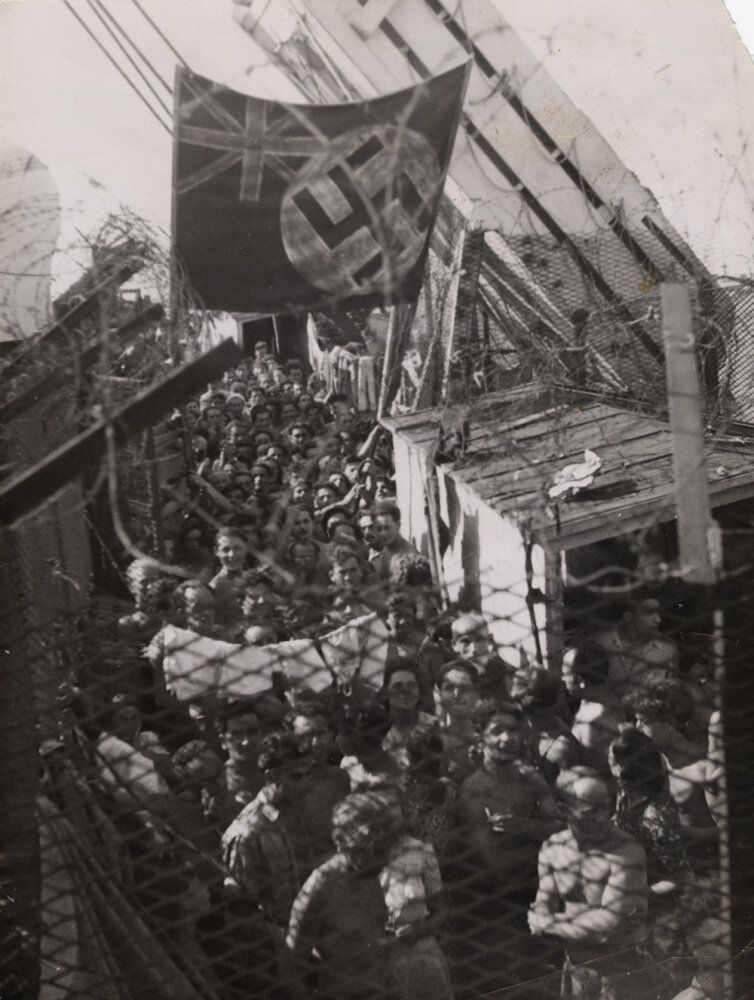Art is a tool. It is a tool that can teach and engage people in ways that we thought unreachable. A tool that can reach not only our minds but our hearts in a way that truly makes us empathize and understand. Ruth Gruber was a pioneer not only of women but of visual and literary culture. She was the youngest woman in the 1930's to receive her PhD and with her knowledge took on the life of a journalist. Using the tools that were given to her she witnessed, participated and documented communism and fascism. What were her tools? Her camera and her pen. Through her pictures and her writing she was able to extend the experience of Jewish refugees whose everyday life was shaped by the consequences of radical injustice. She did not take pictures so that they could hang in museums, or because they would make her money. She took pictures and wrote stories in attempt to expose the world to the incredible hardships that her Jewish community was experiencing. She photographed and wrote to confront and change social degradation. In the short film, "I am Ruth Gruber" it ends with her sharing the reality of her photographs. The reality that they tell a story not only important to the Jews, or her. But to the entire world.
Linda Stein speaks of Gruber in her talk "Holocaust Heroes: Fierce Females"(H2F2). In it, she identifies that Gruber was not only a pioneer but she was an Upstander. Stein describes what an upstander means in context to the 4 B's.
- Bully
- Bullied
- Bystander
- Brave Upstander
Stein creates quilts, sculpture and workshops that aim to address,"...issues of racism, sexism, ableism, classism and homophobia, as seen through the lens of bullying" In H2F2 she chose to focus on women that showed the world that they could be brave no matter how dangerous the consequences might be. Ruth Gruber had to face a variety of her own bullies as she worked. She attended Nazi rallies, secretly escorted Jews to America, and lobbied against Congress and FDR. In her interview she tells the story of her interaction with a British officer who tried to take her camera and film away from her as she was documenting a prison camp. She refused to be bullied and chose to be a Brave Upstander. She walked away from him with all of her belongings and one of the strongest images of her career.






